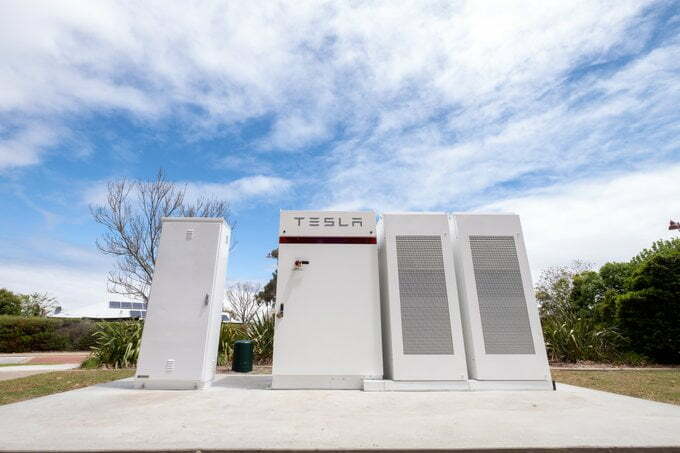
Once connected to the grid, the batteries will aim to alleviate local network constraints, increase rooftop solar PV capacity, reduce emissions, and lower consumers’ electricity costs.
As reported by Energy-Storage.news when Round 1 opened in April, proposals must include at least five battery storage systems (BESS) each, with systems that share a grid connection counted as one project. The programme is being paid for with money from the federal government’s Household Solar Budget.
ARENA CEO Darren Miller outlined the role community BESS could play in Australia’s energy mix citing their energy resiliency, reliability and sustainability.
“ARENA is pleased to support the roll out of these batteries through our transformative program which will have a significant impact upon Australia’s energy and grid security while delivering cleaner and more cost-effective energy for our communities. We are encouraged to see this important asset class being demonstrated at such a scale and expect that this funding round will kick start the neighbourhood-scale storage sector.”
Queensland and New South Wales top battery allocation
Queensland and New South Wales will receive the most community batteries, with 69 and 95, respectively. This is followed by Victoria with 37 batteries, Western Australia with 28 and South Australia with 24. Tasmania will receive six batteries, and the Northern Territory will receive 16.
The batteries will have an aggregated storage capacity of up to 281MWh, with ARENA to contribute up to AU$0.51/Wh in grant funding against an average cost of AU$1.28/Wh (39.8%).
ARENA said the batteries will benefit a range of energy consumers, including households, hospitals, schools, tertiary education institutions, council facilities, housing developments, social and community housing, sports facilities, libraries, aquatic centres, shopping centres, and regional and remote communities.
20 applicants to benefit under Streams A and B of the scheme
The batteries will be provided to companies via the initiative’s Stream A and Stream B, divided between Distribution Network Service Providers (DNSPs) in Stream A and Non-DNSPs in Stream B.
Under Round 1 of the scheme, which opened in April 2024, ARENA received 140 eligible Expressions of Interest, which have now been narrowed down to 21 applications from 20 applicants. In Stream A, 10 applications requesting AU$67.3 million have been approved, with 11 applications requesting AU$75.7 million in Stream B.
Successful applicants for the community BESS funding include:
Stream A (DNSPs)
- Ausgrid (NSW)
- Endeavour Energy (NSW)
- Energex (2 applications, QLD)
- Ergon Energy (QLD)
- Horizon Power (WA)
- Power and Water Corporation (NT)
- SA Power Networks (SA)
- Tasmanian Networks (TAS)
- Western Power (WA)
Stream B (Non-DNSPs)
- Department for Energy and Mining (SA)
- Enel X Australia (Multiple states)
- FRV Services Australia (VIC)
- Indigo Power (Multiple states)
- Gemlife (Multiple states)
- Hydro Tasmania (Multiple states)
- Mondo Power (VIC)
- Next Green Group (Multiple states)
- Shell Energy Retail (NSW)
- Transport for NSW (NSW)
- ZEN Energy Retail (NSW)
ARENA expects to launch a second round of community battery funding in late 2024, with a funding allocation of at least AU$28 million.
As readers of Energy-Storage.news may be aware, the City of Melbourne switched on its first community BESS last week (26 June) at Council House, as part of its ‘Power Melbourne’ scheme.
The newly installed battery system has a capacity of 450kW/1.1MWh, and the council is targeting 5MW of similar assets. Another BESS is anticipated to be installed at Boyd Community Hub in July and Library at the Dock later this year.
Market consultancy group Sunwiz also weighed in on the potential of community BESS in Australia, which it dubbed the “Year of the Big Battery”. The group said adding that community battery—or ‘neighbourhood battery’ projects around Australia, classified within the commercial and industrial (C&I) segment—will help drive a 50% growth in C&I installs in 2024.

